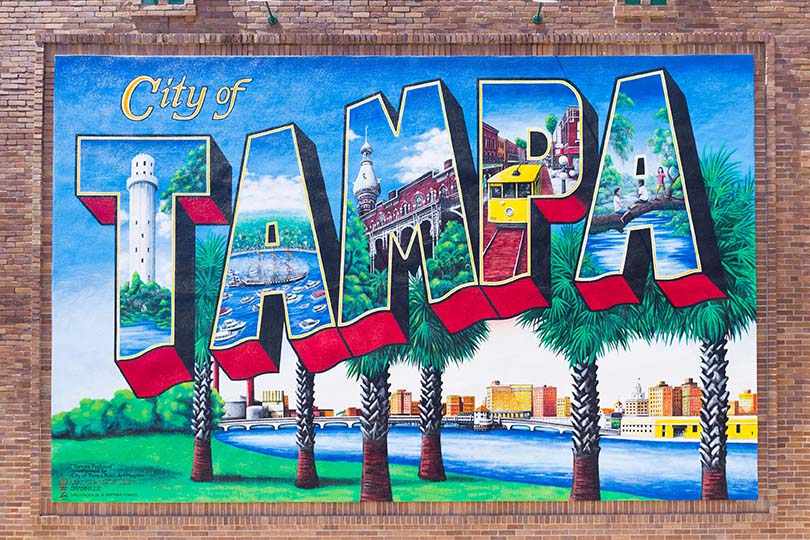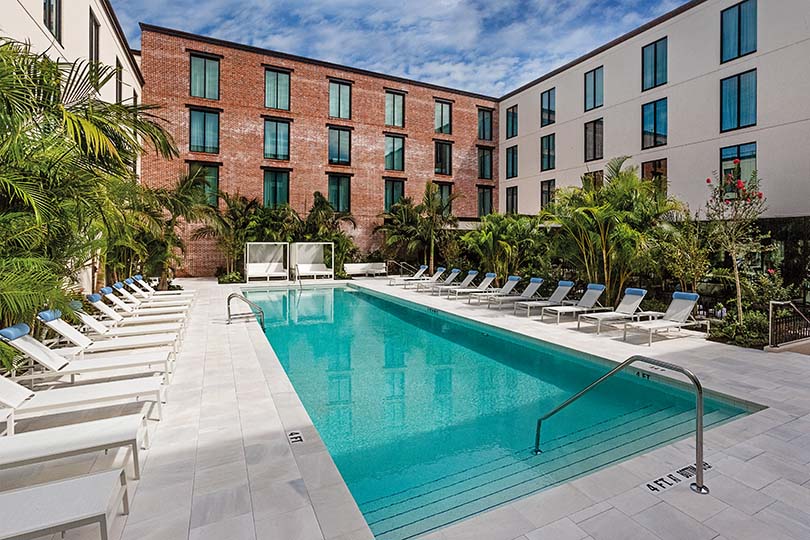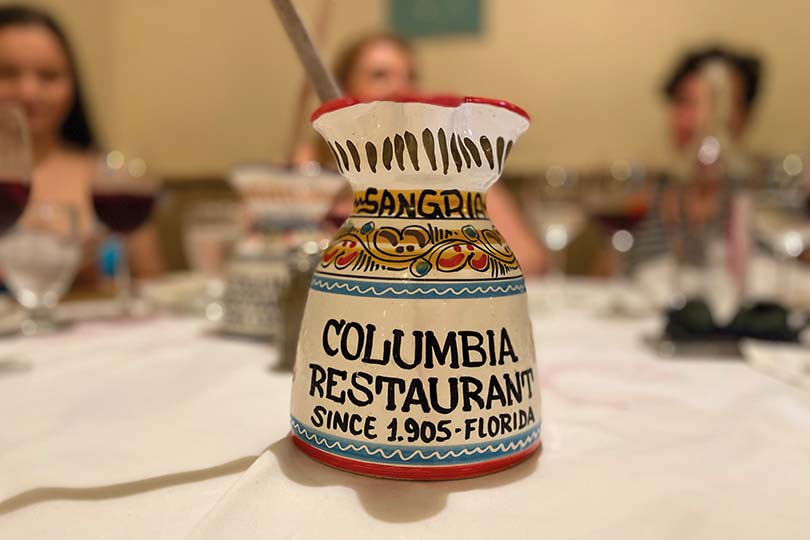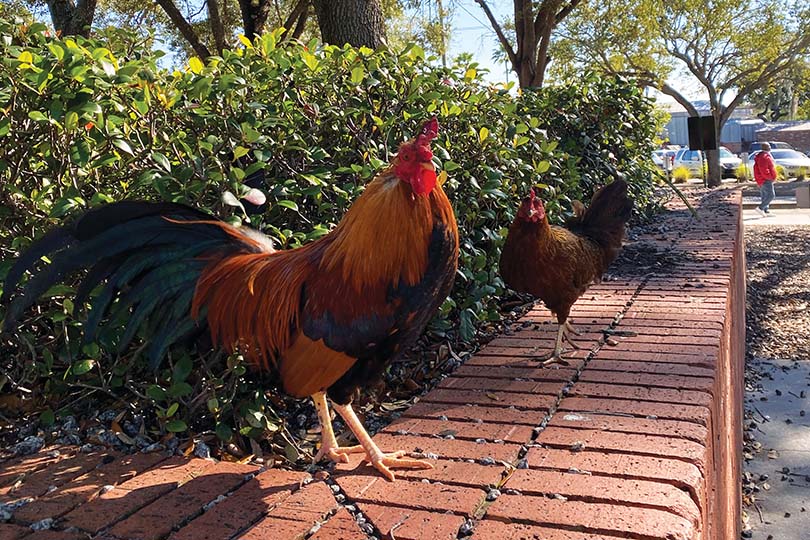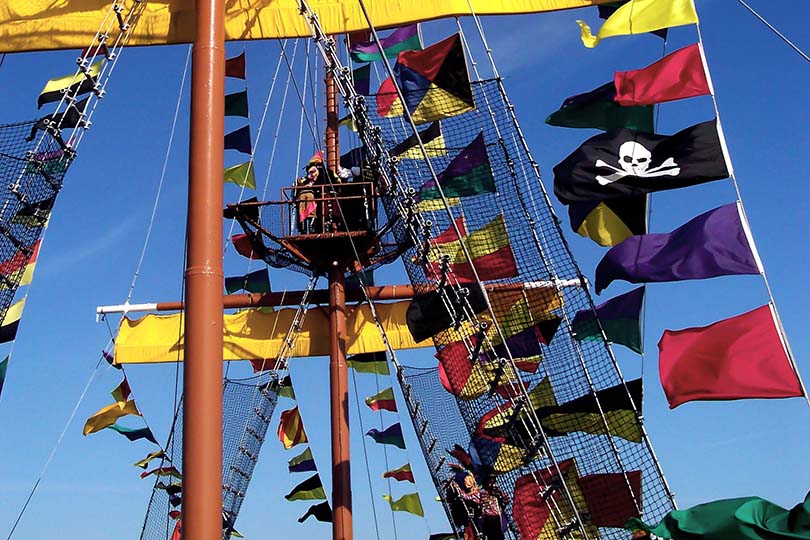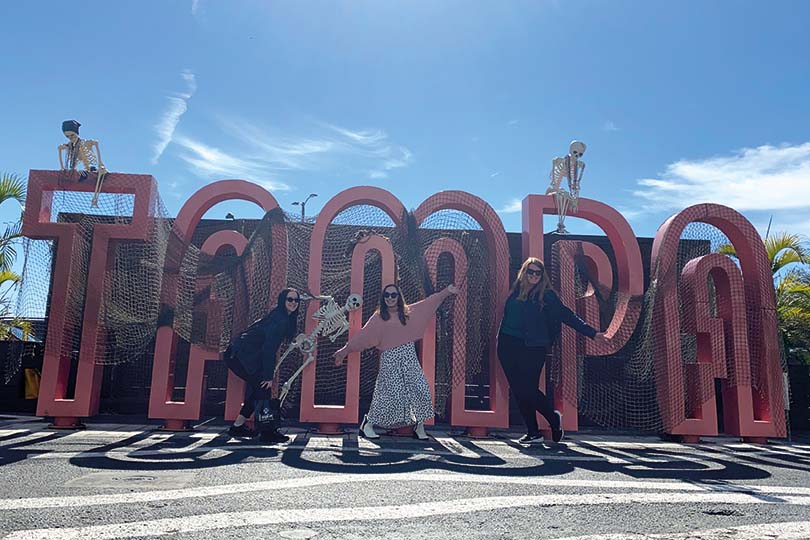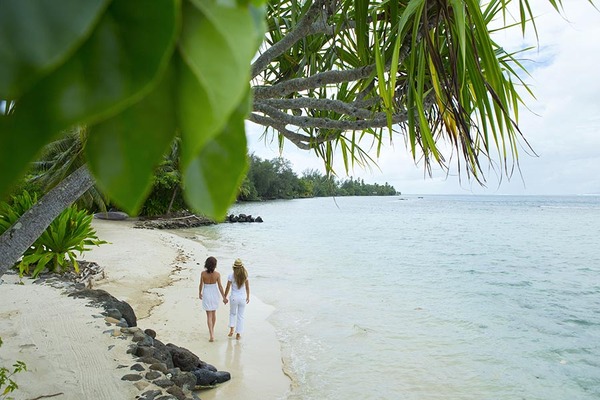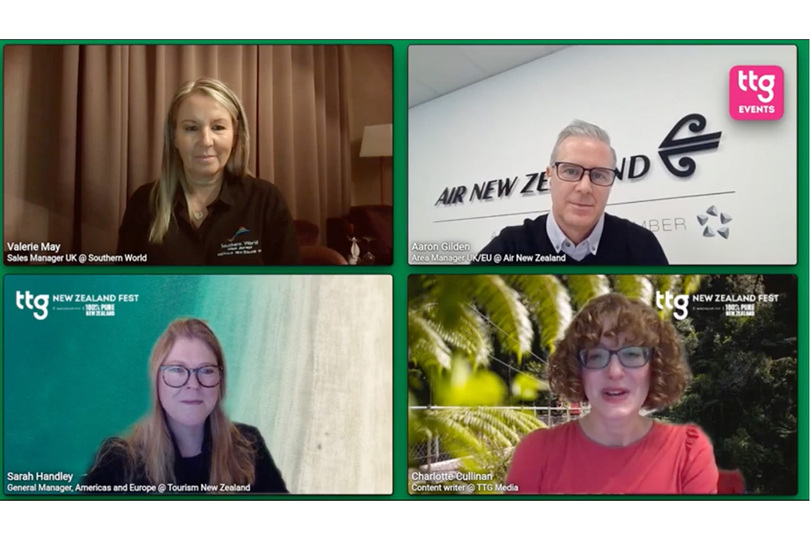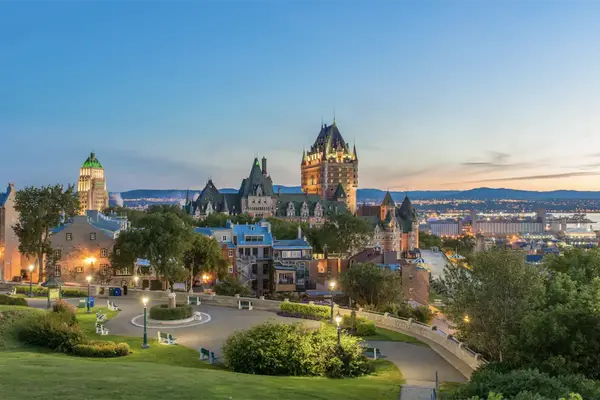How Tampa Bay's new tourism product is putting the city in the spotlight
Tampa Bay’s raft of new tourism product and conservation projects are turning it into a destination in its own right, as Madeleine Barber discovers
Flapjack is munching on a head of romaine lettuce and making very fast work of his afternoon snack. “Only the best for our patients!” laughs Lisa, the animal care supervisor at ZooTampa’s Manatee Critical Care Centre, who adds that “manatees eat 15% of their body weight every day”.
Flapjack, who was found emaciated and suffering from parasites on the west coast of Florida, is one of 17 Floridian manatees who have found themselves under the care of Lisa and her team. The manatees include four orphan calves – Caliope, Soleil, Piccolina and Tober – who require bottle-feeding every four hours. Once Flapjack is in tip-top condition, and the calves have learnt the ways of the wild from their adult pool-mates, the manatees will be released back into Floridian waters.
To call ZooTampa a “zoo” and subject it to the prejudice that often comes with the title feels unfair. The organisation is running conservation projects not just for manatees but for the Florida panther, the southern white and one-horned rhino, orang-utans and African painted dogs too.
The majority of its other residents are held here because they simply wouldn’t survive in the wild, and information boards outside every enclosure contain tips for how visitors can help protect each and every species.
VISITOR APPEAL
Exploring and learning at this family-friendly attraction is just one way to spend a day in Tampa Bay. The city has the Tampa Museum of Art, the Tampa Bay History Centre and the JC Newman Cigar Factory, the last of which offers tours paying tribute to the history of a destination founded on the cigar trade and dubbed the “Cigar Capital of the World”. These attractions and more are positioning the city as a holiday destination in its own right, rather than an add-on to an Orlando break, as it has largely been sold previously.
“Florida was a little bit in the shadows – no longer!” exclaims Santiago Corrada, president and chief executive of Visit Tampa Bay, when we meet. “April 2020 was the worst tourism month in our history here in Tampa Hillsborough County, but fast forward to April 2021 and it was the best April on record; and we have set tourism records for every month since.”
“It’s a destination that has been discovered, so we like to say that the world has unlocked Tampa Bay’s treasures,” he adds.
STORIED HISTORY
Tampa’s number of tourism activities are increasing just as rapidly as its popularity, with new attractions, restaurants and hotels launching almost daily.
During my visit I stay at Hotel Haya, a boutique, art-focused hotel in the heart of historic district Ybor City, and the slick JW Marriott Tampa Water Street in Downtown Tampa; both of which remain undiscovered by the UK market after opening their doors for the first time in the last quarter of 2020.
The latter is a 10-minute stroll along the Tampa Riverwalk from Sparkman Wharf, a new open-air food court and general chill-out zone where treats including tacos, fried chicken and ice cream are served from brightly painted ex-shipping containers.
The Battery, an upmarket new restaurant focusing on prime steak (recommend clients order the 8oz centre cut filet with black truffle butter – they won’t regret it!) and bourbon, is the latest opening at Sparkman Wharf. Meanwhile, a couple of doors down, Splitsville is a great suggestion for a more laid-back meal of southern cuisine paired with bowling.
While Tampa is championing new tourism product, it’s also got a storied history to sell. A mosaicked building off 7th Avenue in Ybor City has been home to the family-run Columbia Restaurant since 1905, making this Florida’s oldest restaurant. I’m advised to order the Cuban sandwich, which was crafted in Tampa in the 1890s for migrant cigar workers as they walked to and from work. It combines Spanish ham, Sicilian salami, Cuban pork, Swiss cheese and German pickle and mustard between Cuban bread baked over the road at La Segunda Central Bakery.
Never one to follow the masses, I instead opt for the paella and am thrilled with the choice. I pair it with Columbia’s gorgeously garlicky Original 1905 salad and sangria tinto, which slips down a little too easily.
Lucky, then, that I have a post-lunch stroll booked in with Ybor City Historic Walking Tours. I learn that the stories of the district’s social clubs are as eclectic as the regulars who drink there, but my favourite fact of the afternoon is that there are roosters and chickens with freedom to roam the streets of Ybor City. It’s thought they’re direct descendants of birds brought in by the city’s founders more than 100 years ago, and there’s an ordnance protecting them from extraction or harm.
AHOY THERE!
When it comes to choosing which time of year to visit Tampa, January to March is a great option. This is thanks to the city’s annual Gasparilla Pirate Festival – which takes place on one Saturday every January – and the Gasparilla Season of events and festivities that follow.
An homage to the swashbucklers who once invaded Florida’s west coast, the flagship celebration attracts more than 300,000 spirited spectators to Bayshore Boulevard to watch the mythical Spanish aristocrat-turned-pirate Jose Gasparilla (who happens to be 50 metres tall) sail the bay alongside a flotilla of several hundred boats.
With thousands dressed as buccaneers, a 90-float pirate-themed parade dishing out Mardi Gras beads – as well as plenty of party opportunities – it’s a once-in-a-lifetime experience.
My visit coincides with the tamer Children’s Gasparilla Extravaganza and so, in true pirate nature, I scramble to the front of the crowd to pillage the sparkliest of beads being thrown from the floats.
A fellow (adult) traveller beside me cries out in dismay, “Oh, I wanted that big gold necklace with the coins!” and a young resident girl, who can’t be more than 10 years old, replies “Here, have mine,” and hands it over with a gap-toothed smile.
The heart-melting moment of pure selflessness will stay with me for months to come and forever remind me of how at home I felt during my stay in Tampa Bay.
TAMPA BAY
SMARTER
In January Visit Tampa Bay launched its Tampa Riverwalk Attraction Pass, which gives visitors discounted rates on attractions along the city’s Riverwalk for one day (£26 per child; £41 per adult) or three days (£36 per child; £58 per adult). Initially it includes the Florida Museum of Photographic Arts, the Henry B Plant Museum, Tampa Museum of Art, Tampa Bay History Centre, the Pirate Water Taxi and more.
BETTER
Suggest clients combine Tampa Bay with Anna Maria Island for a twin-centre that provides both cosmopolitan city and white-sand beach. After just a one-hour drive south of Tampa, visitors will find themselves sipping a cocktail on Coquina or Bean Point Beach, or kayaking through dense mangroves.
FAIRER
Instead of taking Ubers or driving around the city, recommend clients use the Teco Historic Streetcar that links Downtown Tampa, Ybor City and the Channel District. The public transport is free, provides pick-ups every 15 minutes and runs on electric power.
ESSENTIAL INFORMATION
Visas: UK tourists need a valid Esta visa waiver to enter the US.
Covid-19 guidelines: Currently, double-vaccinated UK travellers must have received a negative PCR test result no more than 24 hours prior to travel to enter the US. Unvaccinated travellers will be denied entry unless exempt or under 17. Visit gov.uk for full details.
Flights: A direct British Airways flight from London to Tampa takes 10 hours. Face coverings must be worn.
Watch our destination video to see the sights of Tampa Bay:


